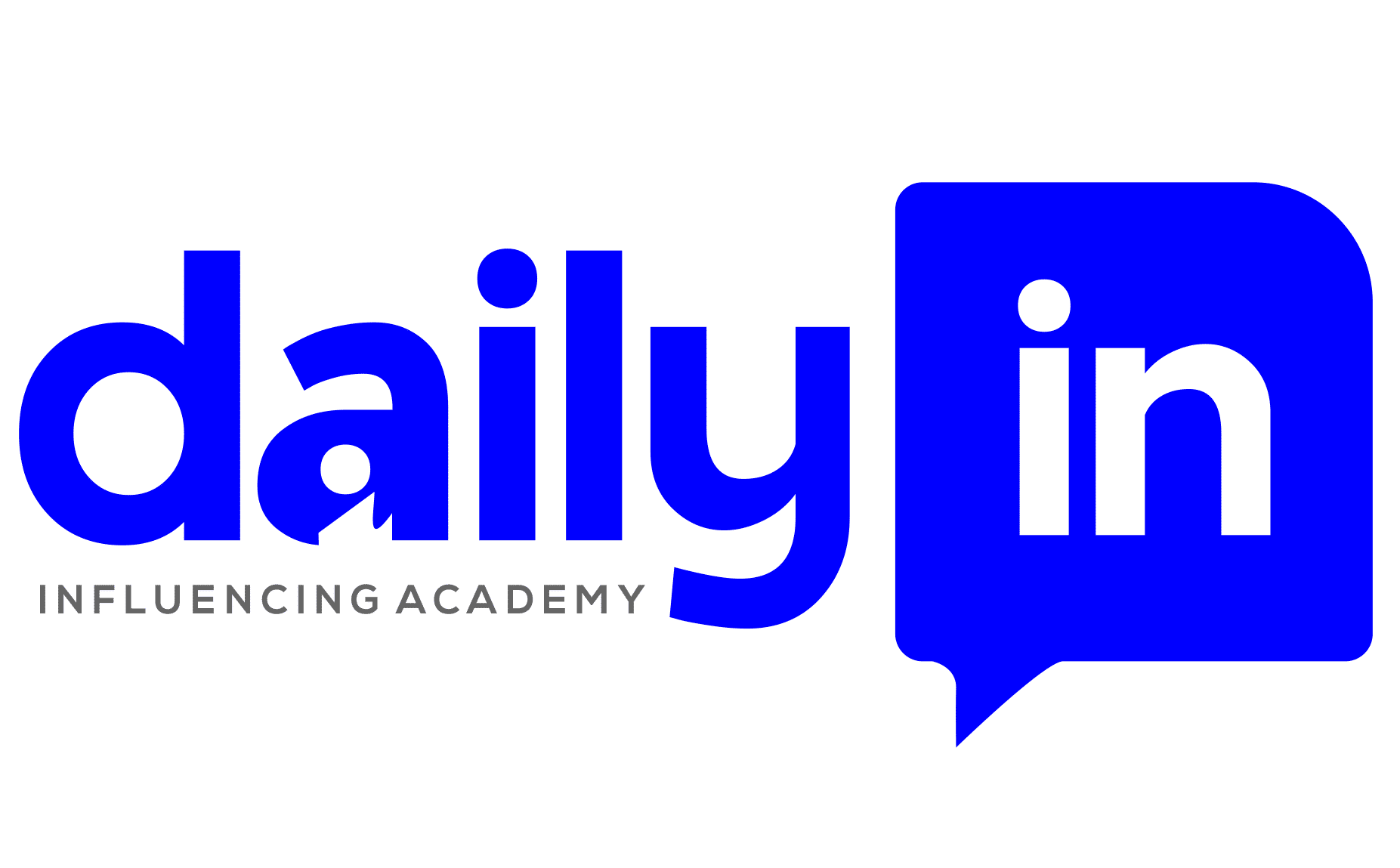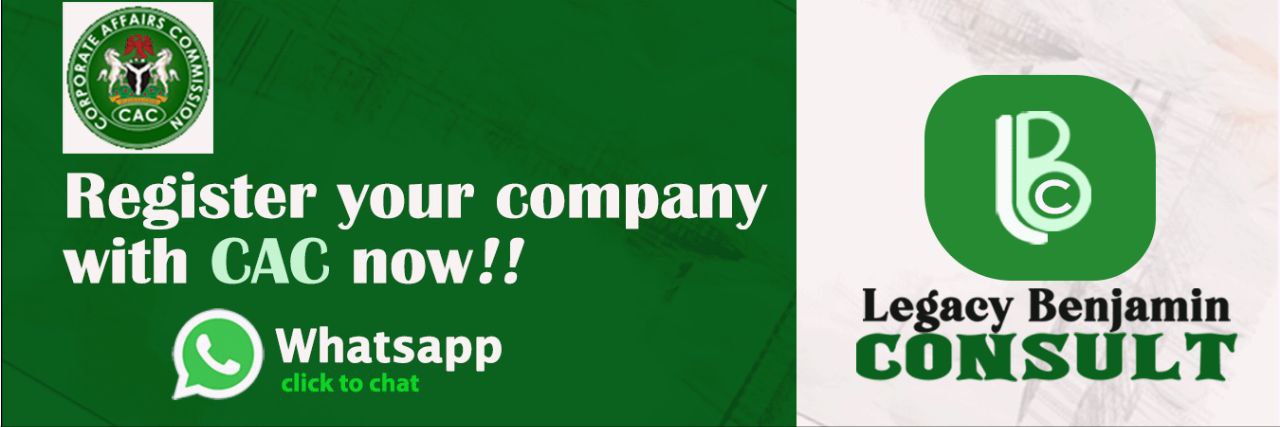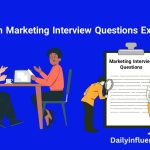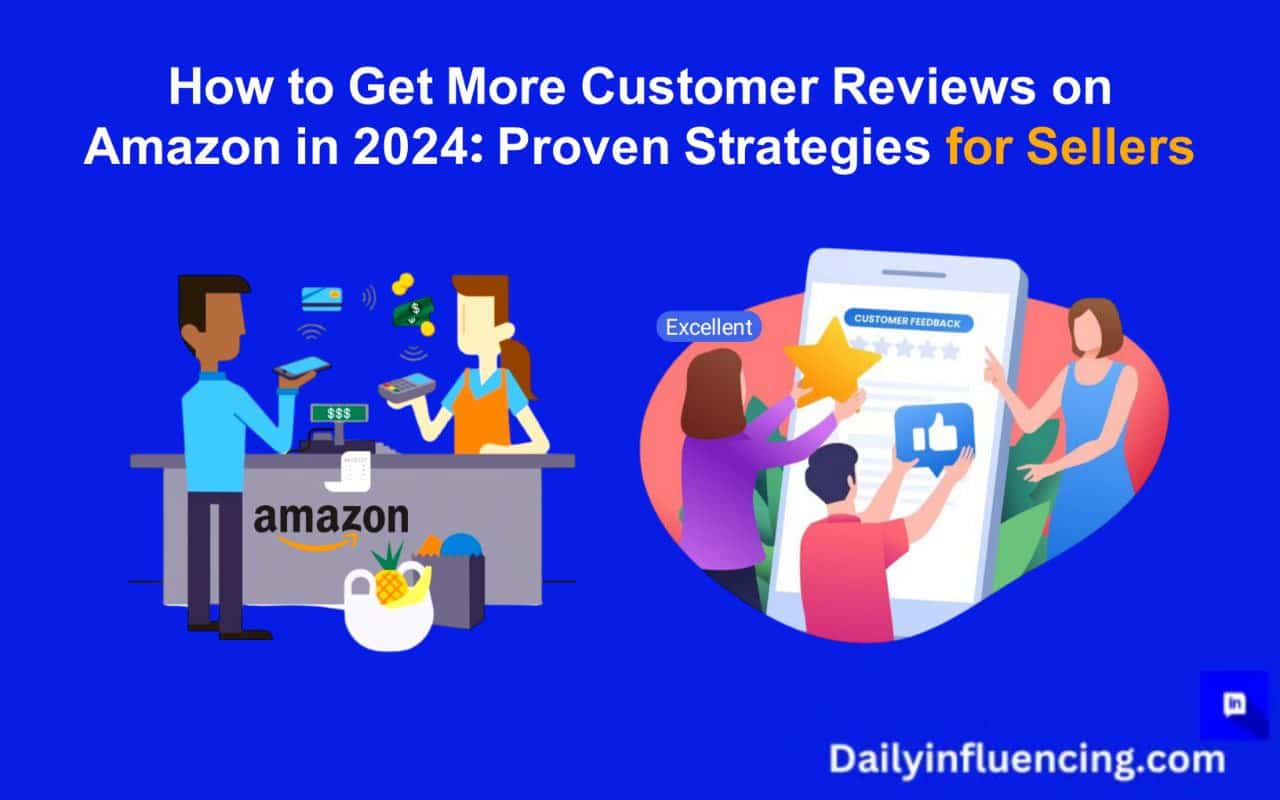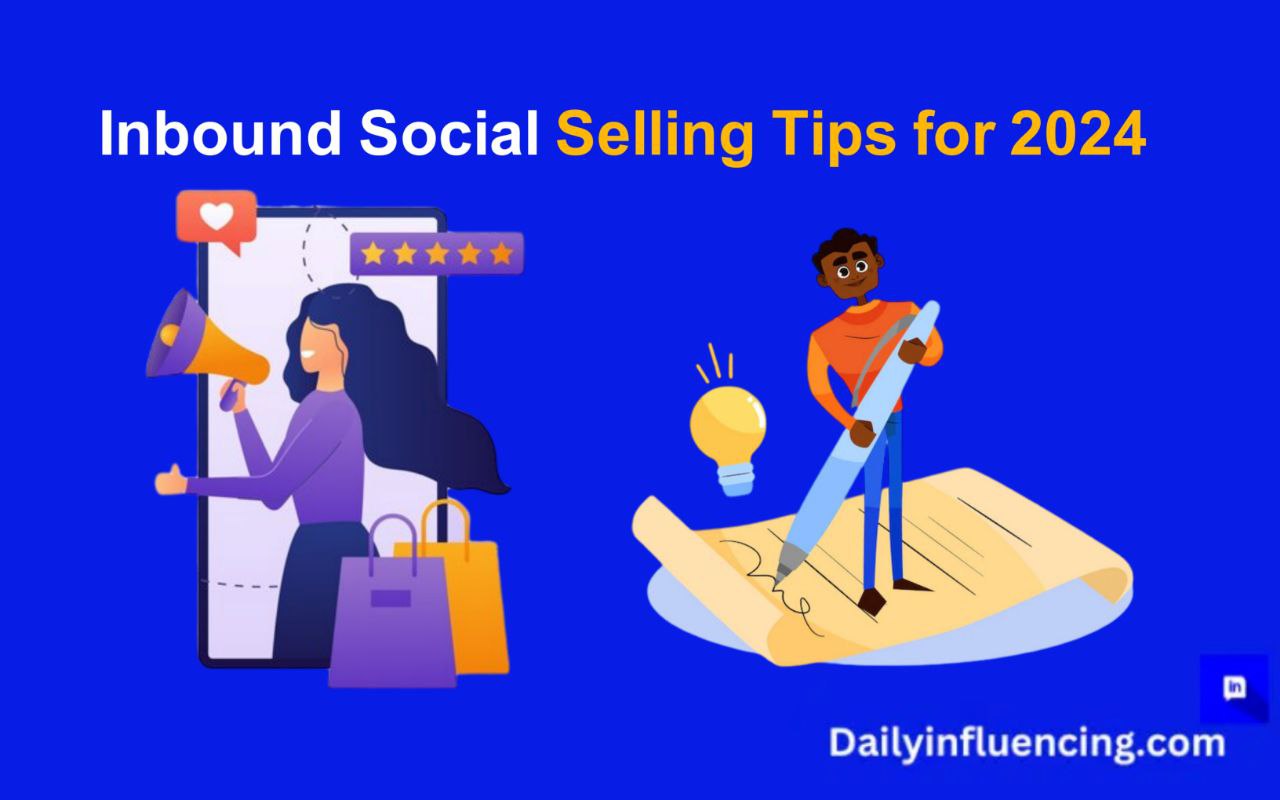
As the saying goes, ‘Your network determines your net worth.’ This old sales adage took on a whole new meaning when a seasoned sales executive shared her revenue numbers. After implementing strategic social selling tips, her quarterly results skyrocketed by 156%. Interestingly, she was spending less time prospecting than ever before.
Recent data from LinkedIn’s State of Sales Report backs up the success story of most sales executives – social sellers are 51% more likely to hit their quotas than traditional sellers. Yet, surprisingly, only 1 in 4 sales professionals have mastered the art of social selling. The gap between knowing and doing has never been wider.
Let me be frank – Having viewed over 500 sales professionals, the difference between those who thrive and those who merely survive comes down to one thing: their approach to social selling. In today’s digital environment, it’s not just about being present on social media; it’s about being strategically present.
However, the ten unconventional ways of scaling your business through social selling will be discussed in this article to enable you to drive sales on social media effectively.
1. Social Selling in Today’s Digital Economy
Gone are the days when a firm handshake and a business card could seal the deal. According to Gartner, B2B buyers spend only 17% of their time meeting with potential suppliers. The rest? They’re doing independent research, most of it on social platforms.
Let’s break this down with a real-world example:
Last month, a software sales rep noticed a LinkedIn post from a potential client discussing their struggle with customer data management. Rather than immediately pitching her solution, she:
- Shared relevant insights about data management trends
- Engaged meaningfully in the comment section
- Connected with a genuine interest in their challenge
The result? A $50,000 deal closed in half the usual sales cycle time.
The modern social selling economy operates on three core principles:
1. Value Before Volume
Traditional approach: Blast 100 connection requests daily
Modern social selling: Share 3 valuable insights that attract the right 10 connections
2. Listen, Then Engage
Traditional approach: Generic pitch templates
Modern social selling: Customized responses based on digital body language
3. Build Authority Through Authenticity
Traditional approach: Product-focused messaging
Modern social selling: Solution-focused storytelling
Harvard Business Review reports that 84% of B2B sales now start with social referrals. This isn’t just another statistic; instead, it’s a wake-up call. In fact, the most successful sales professionals aren’t just selling; rather, they’re building digital relationships that scale.
Here’s what sets today’s top social sellers apart:
- They understand their buyers’ digital behavior patterns
- They create content that addresses specific pain points
- They measure and analyze their social selling activities
- They maintain consistent, valuable engagement
Here’s the reality, though – most sales professionals are doing it wrong. They’re treating LinkedIn like Facebook, Twitter like a megaphone, and their professional network like a cold call list. The result is burned bridges and missed opportunities.
Mark, a veteran sales rep who initially resisted social selling, spent years perfecting his cold calling script. But when his traditional methods started yielding diminishing returns, he embraced social selling – reluctantly at first. Six months later, his pipeline was fuller than ever, with higher-quality leads requiring less follow-up.
The key is he stopped selling and started solving. His social presence became a resource, not a sales pitch.
What we’re seeing in 2024 isn’t just a trend – it’s a fundamental shift in how B2B relationships are built and maintained. The most successful social sellers understand this isn’t about quick wins; it’s about building a sustainable system for generating and nurturing high-quality leads.
2. Build Your Professional Brand Through Strategic Content
Ever heard of Tom, the cybersecurity sales rep who became a LinkedIn sensation? His secret wasn’t complicated – he just shared one security insight daily for 90 days straight. By month three, CIOs were reaching out to him. That’s the power of strategic content in social selling.
Recent data from Sales Intel reveals that sales professionals with strong personal brands generate 45% more opportunities than their peers. But here’s the catch – 67% of them are doing it wrong by focusing on quantity over quality.
Here’s what elite social sellers do differently:
- They Position Themselves as Problem Solvers
Take Rachel, for instance. Instead of posting about her company’s AI software, she shares weekly insights about specific industry challenges her prospects face, and her engagement rates went up 3x higher than promotional posts.
- They Create a Content Ecosystem
It’s not just about random posts. Top performers create interconnected content that builds upon itself:
- Industry trend analysis (31% engagement rate)
- Case study breakdowns (27% engagement rate)
- Quick tips and actionable advice (42% engagement rate)
- Behind-the-scenes insights (38% engagement rate)
The secret sauce? It’s all about consistency and authenticity. As Mark Cuban wisely stated, ‘Personal branding is about managing your name—even if you don’t own a business—in a world filled with misinformation, disinformation, and the enduring impact of Google records.’
Pro Tip: Use the 5:3:2 rule for content mix:
- 5 pieces of curated industry content
- 3 pieces of original insights
- 2 pieces of personal/professional stories
3. Master the Art of Social Listening
‘I wish I had known what my prospect was thinking!’ How many times have you said this? The truth is, they’re actually showing you exactly what you need to know, including where and how to listen.
According to Forrester, 68% of buying decisions are made before a prospect ever contacts sales, and the question is: are you part of their research process? Social listening makes sure you are.
Here’s your practical social listening framework:
1. Set Up Your Radar
Monitor these key elements:
- Industry hashtags
- Competitor mentions
- Pain point keywords
- Job change alerts
- Company news
2. Choose Your Tools Wisely
Must-have tools for effective listening:
- LinkedIn Sales Navigator
- Google Alerts
- Brand mention tracking tools
- Industry-specific forums
3. Create Your Response Protocol
Top performers don’t just listen – they respond strategically:
- Immediate triggers (leadership changes, funding news)
- Medium-priority signals (pain point discussions)
- Long-term nurture opportunities (general industry engagement)
Here’s the game-changing part – according to the Sales Benchmark Index, sales reps who master social listening close 47% more deals than their peers. Why? Because they join conversations at the right time with the right context.
Pro Tip: Create a “Trigger Events Matrix” like this:
Most people are struggling with cold outreach and getting a measly 2% response rate. The secret lies in implementing a strategic listening approach, and watching your response rate jump up to 28%.
The key difference lies in when you stop interrupting and start contributing to existing conversations. In other words, it’s about becoming a valuable part of the ongoing dialogue.
Think of social listening as being a detective—gathering clues about your prospects’ needs before making your move. It’s important to note that it’s not about stalking; rather, it’s about understanding and adding value at the right moment.
4. Develop a Value-First Engagement Strategy
Think back to the last time someone immediately pitched you after connecting on LinkedIn. How quickly did you hit ‘ignore’?
How quickly did you hit ‘ignore’? That’s exactly what we want to avoid in modern social selling. Let me share something that changed my perspective entirely.
Take Alex’s story: After years of “spray and pray” connection requests, she switched to a value-first approach.
Her strategy was simple but effective:
1st: Day 1-7: Share industry insights
2nd: Day 8-14: Engage with the prospect’s content
3rd: Day 15-21: Offer relevant resources
4th: Day 22+: Begin business conversations
The result? Her connection acceptance rate soared from 20% to 76%.
Here’s your actionable value-first playbook:
1. The Perfect Engagement Recipe
- Comment with insight (not just “Great post!”)
- Share relevant experiences
- Ask thoughtful questions
- Provide additional resources
Pro Tip: Create a “Value Bank” – a collection of resources, insights, and data points you can quickly share in conversations. This prevents the “I should have said that” moment.
5. Leverage Video Content for Deeper Connections
“I used to send text-heavy messages until one day I realized something crucial,” shares James, a top-performing sales exec. “Interestingly enough, a 30-second video message ended up getting more responses than 30 text messages combined.” The numbers back this up: Vidyard reports that sales professionals using video get 3x higher response rates.
But here’s the thing – it’s not just about hitting record. Let’s take a closer look at what works:
1. Types of Videos That Convert:
Personalized Prospecting Videos:
- Length: 30-45 seconds
- Format: Selfie-style with screen sharing
- Content: Specific observation + value proposition
- Success Rate: 35% response rate (vs. 5% with text)
Educational Quick Tips:
- Length: 2-3 minutes
- Format: Tutorial style
- Content: Solution to common pain points
- Conversion Rate: 24% engagement to meeting ratio
2. Video Creation Framework:
Hook (7 seconds):
- State the problem
- Mention specific trigger
- Use prospect’s name
Body (20-30 seconds):
- Share key insight
- Provide quick value
- Reference relevant example
Call-to-Action (5-10 seconds):
- Clear next step
- Low-pressure ask
- Specific timeframe
3. Technical Setup That Won’t Break The Bank:
Essential Equipment:
- Good lighting ($30 ring light)
- Clear audio (laptop mic or $50 USB mic)
- Clean background (office wall or virtual)
Avoid these common video pitfalls:
- Long-winded introductions
- Generic messaging
- Poor lighting (face in shadows)
- Unstable camera movement
- Background distractions
The key to video success in social selling isn’t about perfection – it’s about personality and precision.
6. Build and Nurture Your Virtual Community
‘Building a community is like growing a garden,’ as a friend once said, who transformed her LinkedIn following from 500 to 15,000 engaged professionals in just 12 months. ‘The truth is, you can’t just plant seeds and disappear – you need to nurture relationships daily.’
The numbers tell an interesting story; HubSpot’s research shows that sales professionals with engaged communities close 50% more deals than those who focus solely on direct outreach. But here’s what most people get wrong – they focus on quantity over quality.
Let me share a framework that’s worked wonders for my clients:
The C.U.L.T. Community Building Method:
- Connect strategically (not randomly)
- Understand their challenges
- Listen actively
- Take meaningful action
Here’s how to implement this effectively:
1. Strategic Connection Building
Daily Actions:
- Identify 5 ideal prospects
- Research their recent activities
- Engage meaningfully with their content
- Connect with personalized messages
Success Metrics to Track:
- Connection acceptance rate (aim for >40%)
- Engagement rate (target >15%)
- Response rate to messages (goal >25%)
2. Community Nurture Calendar:
Monday: Share industry insights
Tuesday: Engage with member content
Wednesday: Host quick-tip sessions
Thursday: Share success stories
Friday: Open discussion threads
Pro Tip: Create a “Power Users” list of your most engaged community members. These are your potential advocates.
7. Integrate Social Selling with Your CRM
The modern sales technology demands a seamless fusion between social selling and your CRM system. When properly integrated, this powerful combination creates a comprehensive view of your prospect’s journey while enabling genuine relationship building at scale.
The Social-CRM Integration Framework
Capture Phase: Track meaningful social interactions, content engagement metrics, and conversation threads to identify trigger events that signal buying intent. By documenting these digital touchpoints, you transform casual social connections into actionable sales intelligence.
Track These Key Data Points: Document first touchpoints and engagement frequency to understand relationship development. Analyze content preferences and response patterns to personalize outreach. Most importantly, identify buying signals that indicate readiness to purchase.
Automation Without Losing the Human Touch
Essential Workflows: Implement social engagement tracking to monitor prospect activity across platforms. Set up follow-up reminders based on engagement thresholds and content interaction alerts when prospects consume your materials. Create milestone notifications to celebrate relationship progress points.
The Technology Stack That Works
Must-Have Tools: LinkedIn Sales Navigator provides targeted prospecting capabilities while your CRM (Salesforce/HubSpot) serves as your central data repository. Add a social listening tool to monitor brand mentions and an engagement tracker to measure content performance.
Pro Integration Tips: Configure webhook notifications for real-time updates and create custom fields specifically for social data. Establish clear data entry protocols for team consistency and schedule regular sync checkpoints to ensure system alignment.
Warning Signs Your Integration Needs Work: Watch for missed follow-ups, duplicate outreach attempts, inconsistent messaging across channels, and lost conversation threads—all indicators that your social selling and CRM systems aren’t communicating effectively.
8. Create Converting Content Maps
“I was creating content randomly until I realized something crucial,” shares Marcus, a top-performing sales executive. “My best-performing posts followed a specific pattern – they mapped perfectly to my buyer’s journey.” His conversion rates doubled after implementing a strategic content mapping approach for social selling.
According to the Content Marketing Institute, sales professionals who map their content to specific buyer stages see a 72% higher conversion rate. Yet, surprisingly, only 41% actually do this systematically when developing their social selling strategy.
The B.A.S.E Content Mapping System
The framework for social selling success includes four key stages:
First is the Beginner stage, focused on awareness content that introduces prospects to challenges and solutions. Next comes the Active stage, where consideration content helps prospects evaluate options. The Solution stage delivers decision-supporting content for those ready to buy. Finally, the Expert stage nurtures loyalty and advocacy through advanced insights.
Real-world Content Distribution
For establishing credibility, share industry trends that showcase your expertise. Address common challenges your audience faces daily. Provide educational insights that offer immediate value, and back up your claims with statistical reports that build trust.
Consideration (30% of content)
When helping prospects evaluate solutions, offer honest solution comparisons that position your offering appropriately. Share relevant case studies demonstrating success. Feature expert interviews providing deeper insights, and create implementation guides showing how your solution works in practice.
Decision (20% of content)
To provide validation, highlight success stories from satisfied customers. Include ROI calculations showing concrete value. Develop implementation roadmaps that remove uncertainty and create technical deep-dives for those who need detailed information.
Advocacy (10% of content)
Turn customers into champions by featuring customer spotlights celebrating their success. Foster community building that creates belonging. Offer advanced tips for power users and provide exclusive insights that make customers feel valued.
Implementing this content mapping approach in your social selling efforts ensures your posts align with where prospects are in their buying journey, dramatically improving both engagement and conversion rates.
9. Measure and Optimize Your Social Selling Efforts
“If you can’t measure it, you can’t improve it.” LinkedIn’s research shows that sales professionals who regularly track their Social Selling Index (SSI) are 51% more likely to hit their quotas. Let’s break down how to measure what really matters.
Essential Metrics Framework:
1. Engagement Metrics:
- Profile View Rate (target: >15% weekly increase)
- Content Engagement Rate (aim for >5%)
- Comment-to-Connection Ratio (goal: >25%)
- Response Rate to Outreach (benchmark: >35%)
2. Conversion Metrics:
- Social Touch-to-Meeting Rate
- Meeting-to-Opportunity Conversion
- Social-Originated Deal Size
- Time-to-Response on Social Platforms
3. The O.P.T.I.M.I.Z.E Framework:
Observe: Track all key metrics
Pattern: Identify what’s working
Test: Try new approaches
Implement: Scale successful tactics
Measure: Monitor results
Iterate: Refine approach
Zero-in: Focus on winners
Evaluate: Regular reviews
Pro Tip: Create a Weekly Optimization Checklist:
- Review engagement metrics
- Analyze content performance
- Check response rates
- Evaluate connection quality
- Assess conversion trends
2. Activity Impact Analysis:
High Impact Activities:
- Personal video messages (42% response rate)
- Commented thought leadership (37% engagement)
- Direct message follow-ups (28% conversion)
Low Impact Activities:
- Generic likes (2% return engagement)
- Broad shares (4% engagement)
- Random connections (5% acceptance)
Warning Signs Your Strategy Needs Adjustment:
- Decreasing engagement rates
- Lower connection acceptance rates
- Reduced response rates
- Declining conversion rates
Remember: The goal isn’t to track everything – it’s to track what moves the needle for your specific goals and audience.
10. Scale Your Social Selling Program
Building a thriving social selling program requires more than just random efforts, it demands a systematic approach. Let’s explore the proven social selling tips that will help you create a sustainable and scalable program.
Creating a Sustainable Social Selling Routine
Consistency is key when it comes to social selling success. However, you can start by blocking dedicated time slots in your calendar for social selling activities. Whether it’s 30 minutes in the morning or an hour after lunch, make sure to stick to your schedule. Here’s a framework to guide you:
Morning: Review and engage with your prospects’ recent posts
Midday: Share valuable industry insights or original content
Afternoon: Connect with new potential leads
End of day: Follow up on earlier interactions
Time Management and Productivity Boosters
To maximize your social selling efforts, consider these efficiency-focused social selling tips:
1. Use social listening tools to monitor key conversations automatically
2. Create content templates for common responses
3. Leverage scheduling tools for consistent posting
4. Set up notification filters to focus on high-priority interactions
5. Batch similar tasks together (like content creation or prospect research)
Team Coordination Strategies
1. Establish Clear Guidelines
- Create a shared content calendar
- Define engagement protocols
- Set response time expectations
- Document best practices
2. Enable Knowledge Sharing
- Schedule regular team huddles
- Create a central repository for successful approaches
- Share win stories and lessons learned
3. Track and Measure Progress
- Set individual and team KPIs
- Monitor engagement metrics
- Review conversion rates
- Analyze customer feedback
It’s important to note that scaling your social selling efforts is about doing things smarter. By gradually implementing the strategies provided, you can measure what works and adjust your approach based on results.
Conclusion
Social selling has changed how brands and individuals connect with potential customers in the digital age. By implementing these social selling tips and strategies consistently, you can build authentic relationships, establish thought leadership, and drive meaningful business results. Note that, success in social selling isn’t just about making sales – it’s about creating lasting connections that provide value to both parties. Start small, stay consistent, and keep refining your approach based on what resonates with your audience.
FAQ
While some quick wins are possible, typically it takes 3-6 months to see substantial results from social selling efforts. The key is consistency and relationship building.
Traditional selling often focuses on immediate sales through direct pitching, while social selling emphasizes relationship-building first. Social selling creates value through content sharing, engagement, and authentic interactions before any sales conversation begins.
Yes, absolutely! While the platforms and specific strategies might differ, the principles of social selling work for both B2B and B2C. For example, B2B might focus more on LinkedIn and industry expertise sharing, whereas B2C might leverage Instagram or Facebook with more lifestyle-focused content.
